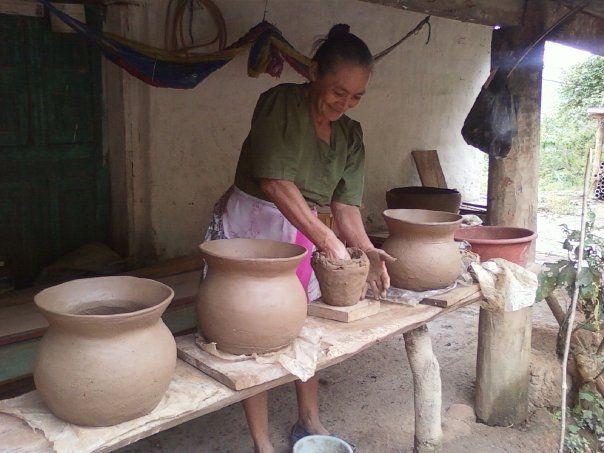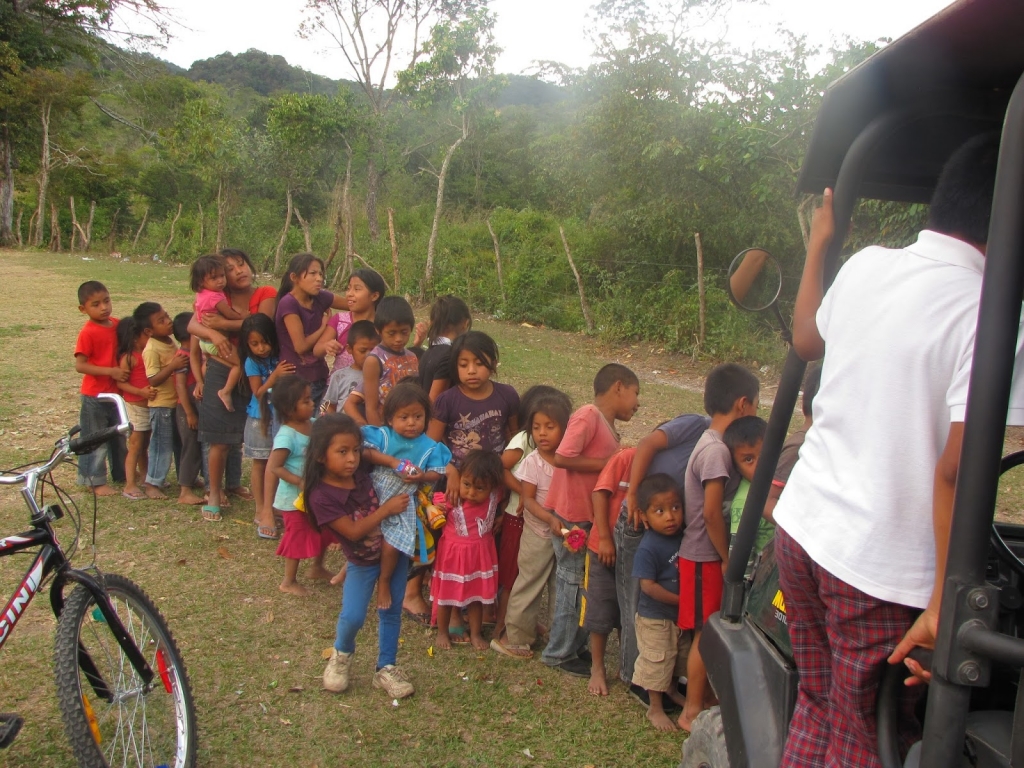“If it bleeds, it leads” is the old news axiom…and never has this rule done more damage to a place and a people as it has in Honduras.
What little news is reported from Honduras is filled with blood and violence, gangs and drugs and the ever present body count. Videos of news reporters in flak jackets braving the “wilds” of San Pedro Sula in search of carnage abound. Little, if anything, about the rest of Honduras ever makes a broadcast news segment or gets a column inch in the newspapers.
Yes, the violence in Honduras is real. But it is also confined mostly to the more dangerous sections of the large cities and to those involved in gangs and the drug trade. The vast majority of Honduras, and Hondurans, are not involved in gangs, violence, murder or narcotics, and they are as frustrated and horrified by what is happening in their cities as is the rest of the world. Superficial, two minute stories by reporters who rarely even set foot in Honduras give the impression of a wild west chaos with bullets flying everywhere.
In truth, Honduras is much, much more than a bloody picture on the front page.
Honduras is a beautiful, sometimes rugged, sometimes serene country full of opportunities for travel and tourism. Tropical Islands in the Caribbean, rain forests in the lowlands, and the high mountain forests of the interior… a lush panoply of environments to explore, and where ancient civilizations have left their mark. Yet tourism, which had shown promise as an industry, is now decaying since the media bestowed the title of “The Murder Capitol of the World” upon the country.
Copán Ruinas, the most extensive and famous of Honduras’ Mayan ruins, and a World Heritage site, is three and a half hours from San Pedro Sula, and has not suffered any of the gang violence now associated with Honduras, yet many of the hotels are experiencing only an 8-10% occupancy rate where not so long ago it was nearer 80%. Many of the hotels, and associated businesses such as restaurants and souvenir shops, have closed, leaving most of their employees and families to fend for themselves…a direct result of the shallow and callous news reporting.

Where are the stories about Doña Lucas – an artisan from a small mountain village who creates pottery using the same methods as her Maya ancestors did over a thousand years ago?
The people of Honduras have a rich and varied culture and history. This is, perhaps, the most valuable of the country’s resources, yet they rarely make the news. Where are the stories about a hardworking and friendly people who go out of their way to make you feel welcome?
Where are the stories about the indigenous people and the campesinos of the country side, 75% of whom must eek out an existence on less than $1.25 a day, toiling in farms and fields that they will never own, yet who always seem to have a kind word and time to spare for a stranger?
In the face of the news about murders and crime, donations to charities and NGO’s working on humanitarian issues such as health care, education and emergency services have dropped by as much as 50% over the last few years. While murders numbering around 7,000 a year are certainly tragic, the sad fact is that many thousands Honduran children will get sick or die this year due to preventable and treatable waterborne diseases alone, yet this is not news. Many thousands more will drop out of school before the 6th grade, unable to afford even the small ancillary costs of going to school. Even relief volunteers are leaving the ranks, with many opportunities, in perfectly safe areas, (that used to require waiting lists) now going unfilled.

Honduran children line up for volunteer school supply delivery
Yes, the violence and crime in parts of Honduras are real, and should be reported on. But it should be reported on in the context of the true conditions in the country and region as a whole.
Else we risk tarring the innocent with the blood spilled by the evil few.
Neale Brown is a retired fire department officer and paramedic. He now serves as the President of Paramedics for Children. A 501(C)(3) nonprofit organization working in Honduras and Guatemala.
